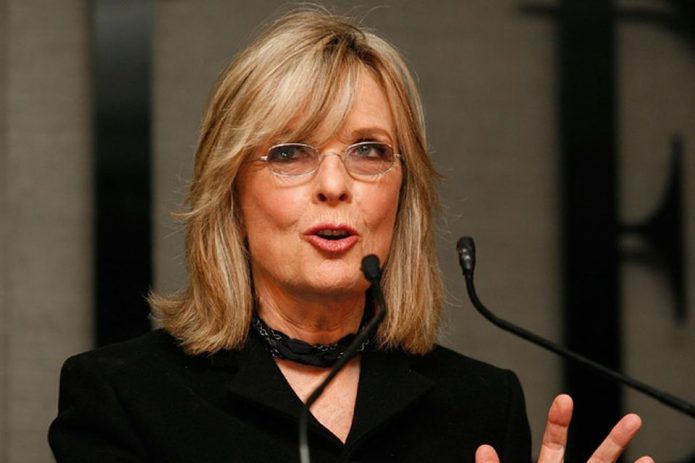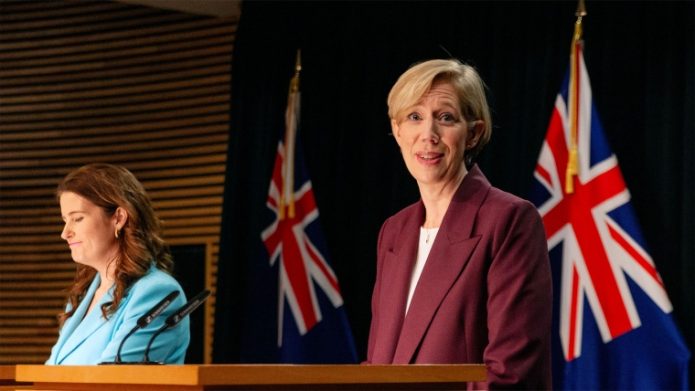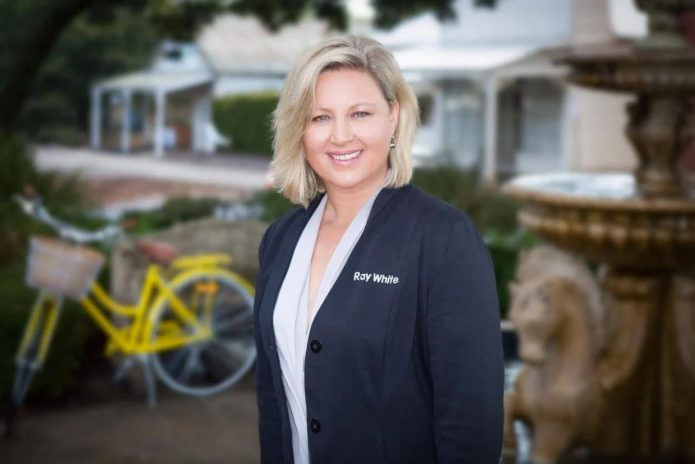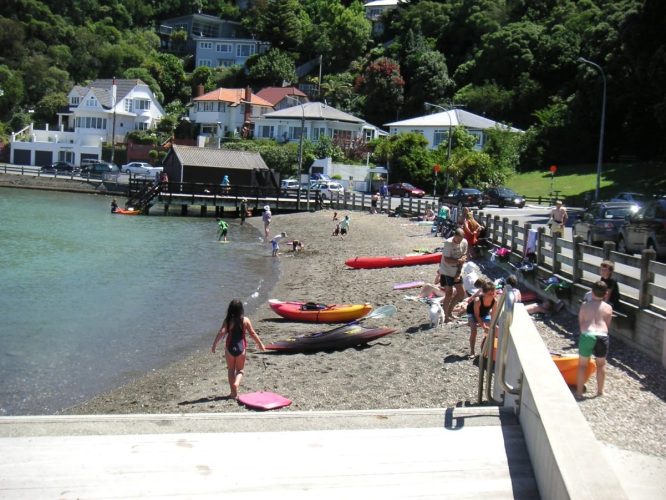PHOTO: Australian house prices have more than trebled since the late-1990s. ABC News: Alistair Kroie
Hindsight is 20/20, so they say, but some big calls do seem to stand the test of time.
One of those is the Reserve Bank’s decision to start raising interest rates in May 2002, having cut them only five months previously.
In his statement explaining that rate cut, then-RBA governor Ian Macfarlane had expected the global downturn following the dotcom bust to worsen and Australia to feel the fallout.
“The dampening impact on other parts of the economy of global events will become increasingly clear during 2002, at a time when the housing upswing will begin to moderate,” he had predicted.
But that didn’t happen. In fact, the US economy posted strong growth in early 2002 and the rest of the world was being dragged along with it.
Moreover, the moderation in house prices that Mr Macfarlane forecast didn’t eventuate.
By May 2002, Mr Macfarlane seemed to be following the famous adage generally attributed to economist John Maynard Keynes, “when the facts change, I change my mind. What do you do, sir?”
“The strong rises in house prices seen over recent years have also been associated with a rapid expansion in household debt, a process that carries longer-term risks if households become seriously over-extended,” he wrote then, justifying the rapid about-face on rates.
“To persist with a strongly expansionary policy setting would risk amplifying inflation pressures and, over time, could fuel other imbalances such as the current overheating in the housing market, potentially jeopardising the economy’s continued expansion.”
READ MORE VIA ABC










